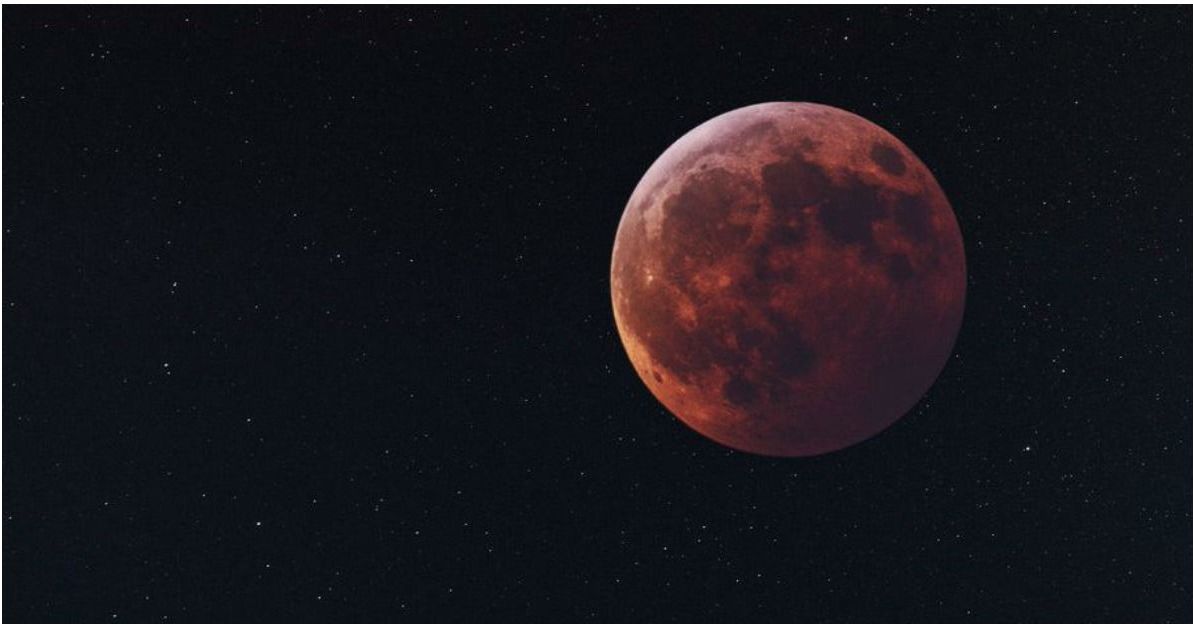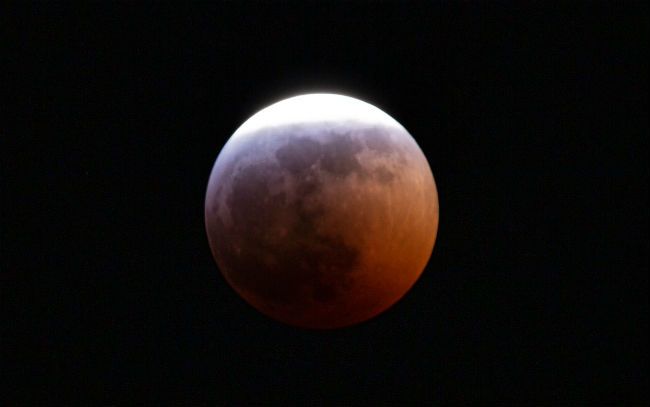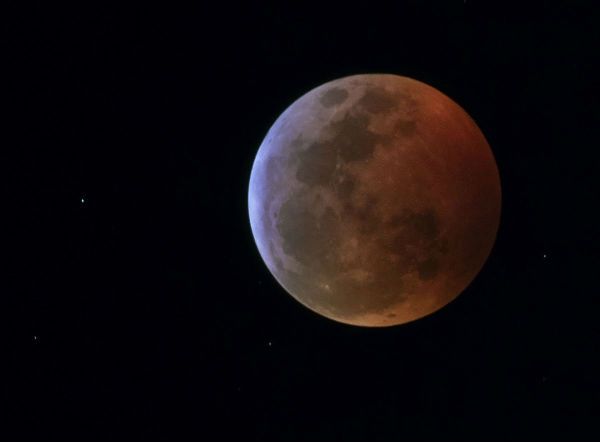Last night, the world stopped and looked up to catch a glimpse of the long-awaited "super blood wolf eclipse."
The unique and beautiful astronomical event was the combination of several factors: first, the moon passed into the shadow of Earth, creating a full lunar eclipse.
The fact that there was a "super moon" on the same night, when the full moon was at its closest point to earth, only made it look even more striking.
During the eclipse, the moon was also bathed in red light reflected through Earth's atmosphere, hence the "blood moon." Finally, a traditional Native American name for January full moons made this a "wolf moon."
Whatever you call it, the sight was beautiful and widely visible around the world, which made for plenty of incredible photos. Here are some of our favorites:

Just caught the #SuperBloodWolfMoon rise over Olin, Iowa.
— Bill Weir (@BillWeirCNN) January 20, 2019
Alas, no jumping cows. pic.twitter.com/6kstILxiUa
amazing shots from a friends telescope #Eclipse2019 #kens5eyewitness pic.twitter.com/EapZMuykhk
— Bill Taylor (@BillTaylorKENS5) January 21, 2019
Took some photos of the Super blood wolf moon last night. That name sounds Klingon to me. #LunarEclipse #fullbloodmoon #SuperWolfBloodMoon pic.twitter.com/uxEYgscvxq
— Lollis Photography (@lollisphoto) January 21, 2019
Super Blood Wolf Moon lunar eclipse, Tampa, FL. 2019. #SuperWolfBloodMoon #Tampa #sendto10 pic.twitter.com/qunrkoHM6g
— SkyView Drone Photography (@AndrewArb0171) January 21, 2019
The #SuperWolfBloodMoon was visible over campus last night.
— Rice University (@RiceUniversity) January 21, 2019
Thanks @BranMart for capturing the beauty! pic.twitter.com/jQTpdno85M


Lunar eclipse! Beautiful shades of pink and red here in #Houston. It looks like the moon is on fire. #LunarEclipse2019 pic.twitter.com/22QIhtDEpQ
— Terry Virts (@AstroTerry) January 21, 2019






